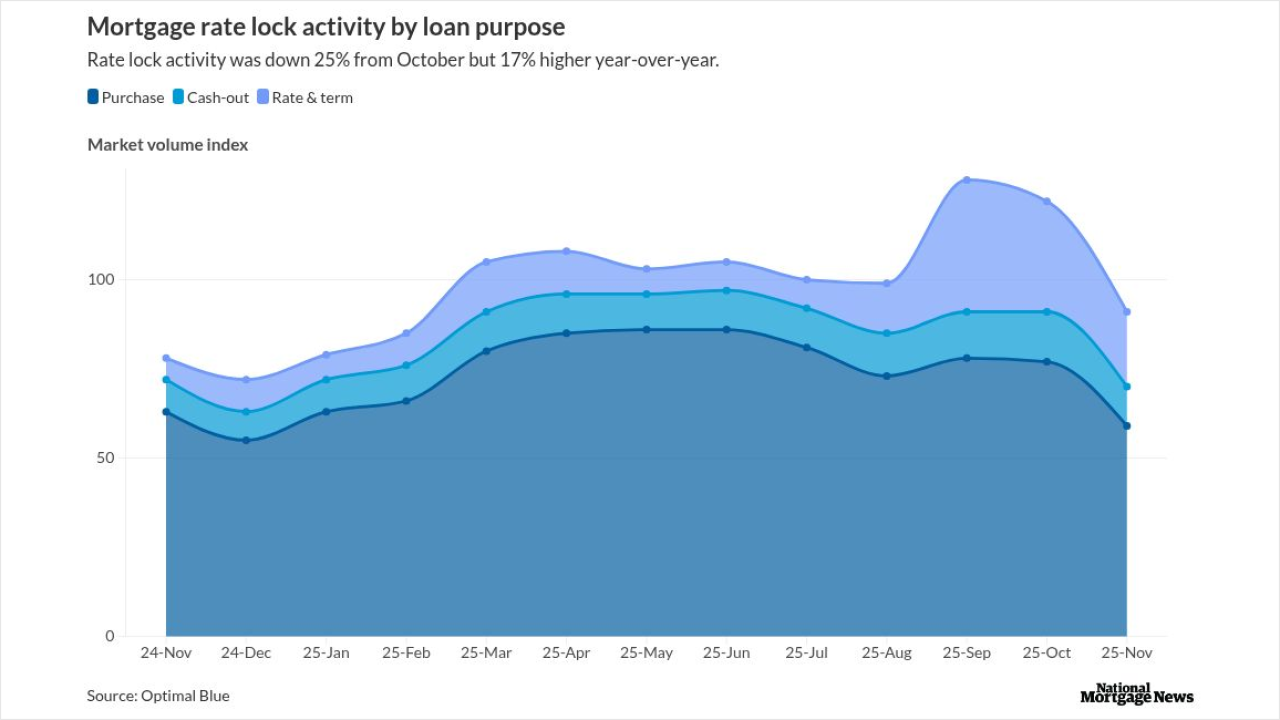For the past seven months, an arcane financial-markets proposal has been collecting dust in the statehouse halls of Albany, New York. Between the pandemic and the racial-justice protests, lawmakers have been so preoccupied that no one in either chamber has even initiated the legislative process on it.
But to bankers, investors and regulators, this is no run-of-the-mill document.
And while that still leaves 15 months to hammer out a solution, Albany is not expected back in session until January, and anxiety is already mounting among those on Wall Street who had originally expected the proposal to sail through the legislative process in the Spring.
So many contracts will fall into legal limbo without the legislation – which would slide a comparable, new rate into deals that don’t have provisions for a backup – that bankers say there’s really no way to try to renegotiate all of them, or even a fraction of them, in the run-up to Libor’s expiration. Which leaves them with little recourse for now beyond lobbying state lawmakers.
“We continue to have conversations with key stakeholders and we’re trying to move this forward,” said Tom Wipf, vice chairman of institutional securities at Morgan Stanley and chairman of the Federal Reserve-backed group guiding the U.S. Libor transition. “We’ve put forward something that has broad benefits for a wide range of market participants.”
It is certainly rare for a decision like this – with such massive repercussions for the world of finance – to be made in upstate New York.

It’s a consequence of the outsize role state law plays in governing the roughly $200 trillion in securities and commercial transactions tied to U.S. dollar Libor. The draft bill would guarantee financial products that lack viable language to deal with the benchmark’s end are shifted to a replacement, known as the Secured Overnight Financing Rate. SOFR currently sits at about 0.1%, slightly below three-month Libor.
Global regulators have remained steadfast that the
Yet it’s also clear that there’s
“Substantial delay or uncertainty may lead to some pricing dislocations” in markets if it persists too deeply into 2021, said Michele Navazio, a partner at law firm Seward & Kissel LLP. “I don’t have to emphasize that increased uncertainty often leads to liquidity problems and volatility.”
The law would impact everything from adjustable-rate mortgages and municipal debt to collateralized loan obligations and complex financial derivatives.
One of the asset classes most affected would be floating-rate bonds, many of which would effectively be convert to fixed-rate notes based on Libor’s final print in the absence of a legislative solution. That’s because they typically require unanimous consent from holders to change their benchmark rate.
For about $1.8 trillion of Libor-linked securitizations tied to auto loans, credit card receivables and other types of debt, there’s the added risk that the structures and the underlying assets could transition from Libor using distinct methodologies, creating a cash flow mismatch. That could lead to liquidity disruptions and
And it’s not just Wall Street that would be affected. There’s about $1.2 trillion of adjustable-rate U.S. residential mortgages linked to Libor. Contract language generally gives noteholders discretion to choose a replacement rate. Different lenders could wind up using different benchmarks, leading to unequal outcomes for home owners. The proposed law would encourage all lenders to use the ARRC’s recommended fallback rate by offering protection from litigation.
To pass, the draft legislation first needs either a state senator or assembly member to sponsor it. It could alternatively be included as part of a larger bill package, such as the governor’s budget. Either way, it would ultimately need to clear both chambers and be signed by the governor to become law.
So far, no backers have stepped forward.
“Failure to get legislation passed can create enormous economic and legal uncertainty in the legacy Libor world,” said Priya Misra, head of global rates strategy at TD Securities in New York. “The courts could well be overwhelmed,” said Misra, who is TD’s representative on the ARRC.
Before she gives her support, Democrat Liz Krueger, chair of the New York Senate Finance Committee who represents the Upper East Side of Manhattan, says she wants the bill to ensure that borrowers with exposure to Libor via consumer products will get the lowest interest rate available among potential replacement benchmarks.
“I want to make sure that the less-represented party doesn’t get a fast one pulled off of them,” Krueger said. “I’m not really worried that New York state won’t watch out for its financial interests in these changeovers, but I don’t know whether a million New Yorkers with consumer loans through 300 different banks are really going to be able as a group to watch out for their interests.”
If there was a sign of movement on federal legislation, Krueger said it would make sense to wait and see what was happening at the national level before moving forward with a state bill.
“I’m cautiously saying that I am willing to move this kind of bill in New York state, as long as I make sure I’m dotting all the i’s and crossing the t’s, and that there is a need for it,” Krueger said.
The legislation’s backers say the delay risks holding up the wider adoption of SOFR as market participants focus on addressing legacy contracts instead of wider transition planning.
“The longer the uncertainty remains, you just have to say that’s obviously a greater risk to the market,” said Thomas Deas, chairman of the National Association of Corporate Treasurers and the group’s ARRC representative.
He says the draft legislation isn’t tilted in favor of lenders. Rather, its recommended fallback language includes a replacement-rate calculation based on SOFR plus a spread adjustment that’s designed to ensure the successor rate is as close as possible to what the parties originally intended.
“We’re not trying to lower the rate so one party gets an advantage, we’re trying to make it value neutral,” Deas said. “With all respect to the Senate Finance Committee, we’re not trying to give a benefit to anybody.”
The ARRC has also approached the
Jennifer Freeman, communications director for the comptroller, said the body had not had detailed conversations on the legislation. The Division of the Budget is currently focused on addressing the pandemic and its economic fallout, and will tackle the proposed legislation at the appropriate time, spokesman Freeman Klopott said in an email.
Helene Weinstein, chair of the Assembly Committee on Ways and Means, didn’t respond to multiple requests for comment.
Even if the law is eventually passed, there are concerns among lawyers that it won’t be able to prevent a rush of lawsuits as Libor’s end approaches.
While many legacy contracts are governed by New York law, those that aren’t would likely need separate legislation.
And borrowers or lenders affected by the new law could argue that changing contractual terms retroactively is unconstitutional, according to Jonathan Ching, a partner at Linklaters LLP.
“Given the number of affected parties, it would not be surprising to see all sorts of challenges arise if and when a bill is introduced,” Ching said. “The big concern at the moment is that if enacted, the legislative solution would just change the nature of the litigation.”



